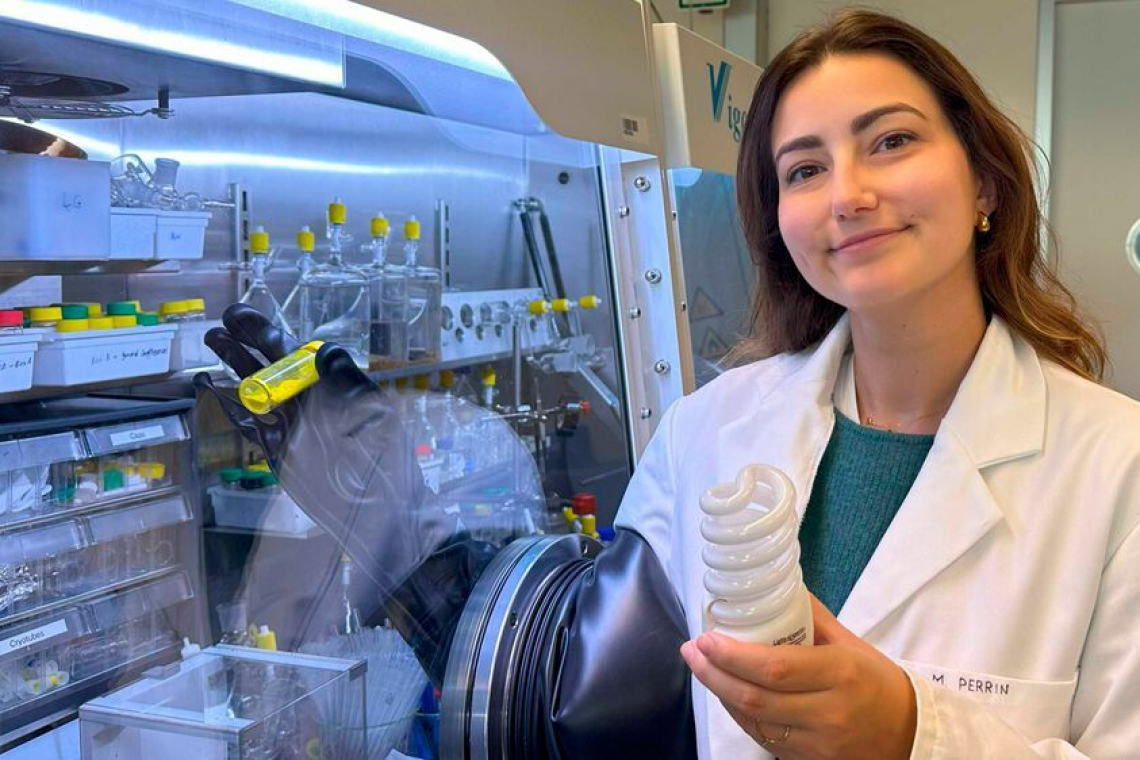Researchers at ETH Zurich (ETHZ) have developed a process inspired by nature that efficiently recovers the rare earth metal europium from old fluorescent lamps. According to the experts, the new approach could lead to the long-awaited recycling of rare earth metals.
"Existing separation processes are based on hundreds of liquid-liquid extraction steps and are inefficient, so the recycling of europium has not been very practical to date," says ETHZ doctoral student Marie Perrin. A simple inorganic reagent can significantly improve this separation. "This allows us to obtain europium in a few simple steps - and in quantities that are at least 50 times higher than with previous separation methods," says Perrin. The key to this technique lies in small inorganic molecules with four sulphur atoms arranged around a tungsten or molybdenum atom: Tetrathiometallates.
For the first time, tetrathiometallates are now also being used at ETHZ as ligands for the separation of rare earth metals. Its unique redox properties come into play here, reducing europium to its unusual divalent state and thus simplifying separation from the other trivalent rare earth metals. "The principle is so efficient and robust that we can apply it directly to used fluorescent lamps without the usual pre-treatment steps," says Perrin's doctoral supervisor Victor Mougel. If e-waste were tapped into as a source, lamp waste could be recycled and made less dependent on imports.


